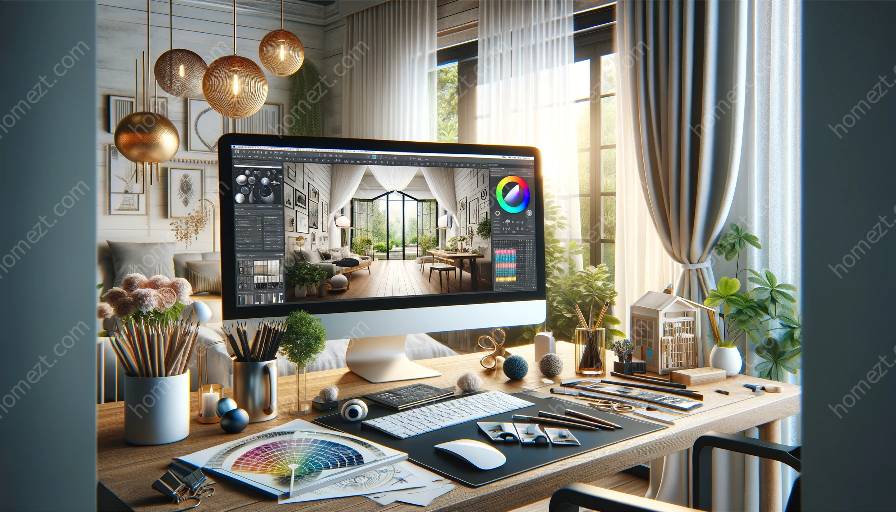Interior design and styling have evolved dramatically with the advent of 3D modeling software. These tools offer a multitude of benefits, from enhancing creativity to streamlining the design process. In this article, we'll explore how 3D modeling software revolutionizes interior design, enabling designers to create immersive, realistic visualizations and collaborate effectively with clients.
Enhancing Creativity and Visualization
One of the significant advantages of 3D modeling software in interior design is its ability to enhance creativity and visualization. With these tools, designers can bring their concepts to life in a virtual environment, allowing them to experiment with different layouts, materials, and color schemes in real-time. This freedom to explore and iterate fosters innovation and allows designers to push the boundaries of traditional design.
Improving Efficiency in the Design Process
3D modeling software also significantly improves efficiency in the interior design process. Unlike traditional 2D drawings, 3D models provide a more comprehensive and accurate representation of the final design. This helps designers and clients visualize the space from all angles, reducing the likelihood of errors and misunderstandings. Additionally, these tools enable quick modifications and revisions, saving time and resources during the design phase.
Facilitating Client Communication and Collaboration
Effective communication with clients is crucial in the interior design industry. 3D modeling software facilitates better client communication by presenting photorealistic renderings and walkthroughs of the proposed design. Clients can gain a clear understanding of the designer's vision, make informed decisions, and provide valuable feedback. Furthermore, collaboration between designers and clients is enhanced through real-time visualization, ensuring that the final design aligns with the client's expectations.
Integration with Design Software and Tools
3D modeling software seamlessly integrates with other design software and tools, further enhancing its capabilities. These integrations allow designers to import precise measurements, furniture models, and material textures to create a detailed and accurate representation of the design. Moreover, compatibility with rendering and lighting software enables designers to achieve lifelike visualizations that accurately depict the atmosphere and mood of the space.
Adapting to Evolving Design Trends
Interior design and styling are influenced by ever-changing trends and styles. 3D modeling software empowers designers to adapt quickly to these changes by visualizing new trends in real-time. Whether it's experimenting with minimalist, industrial, or biophilic design, these tools provide the flexibility to explore and implement diverse styles, ensuring that designs remain relevant and captivating.
Conclusion
3D modeling software has become an indispensable tool in modern interior design and styling. Its benefits extend beyond enhancing creativity and efficiency to improving client communication and facilitating seamless integration with other design software and tools. As interior design continues to evolve, these innovative technologies will play a pivotal role in shaping the future of design, enabling designers to create captivating, functional spaces that exceed their clients' expectations.


























